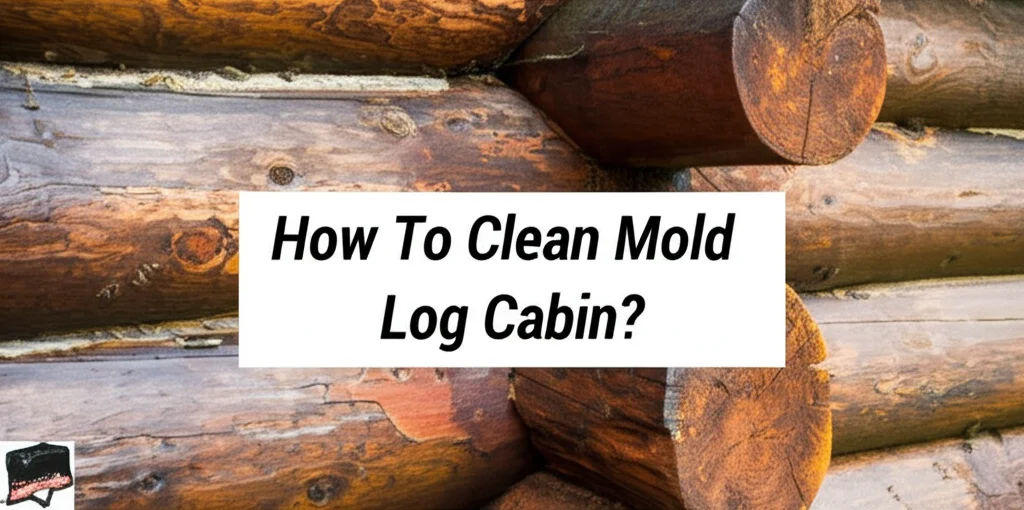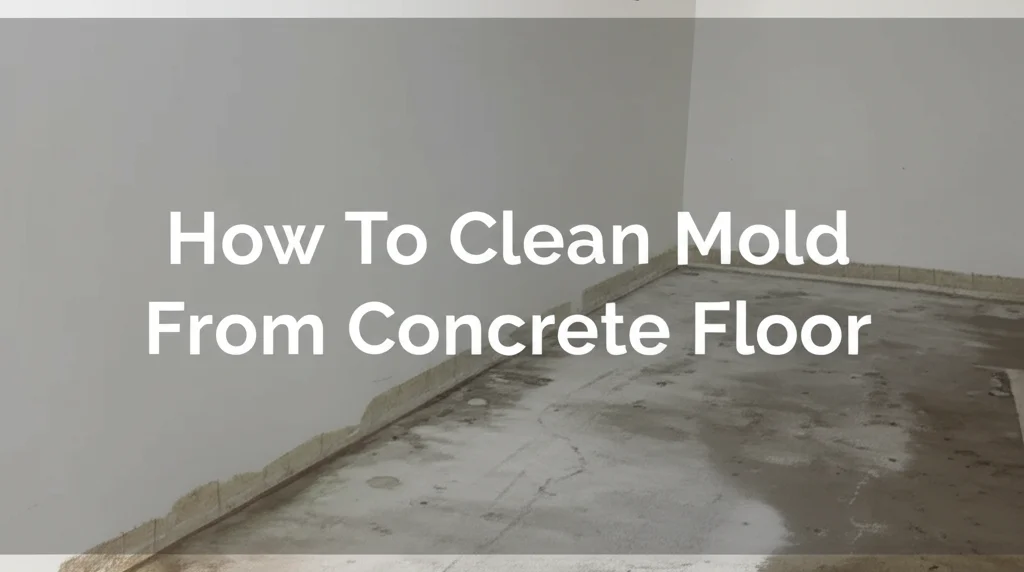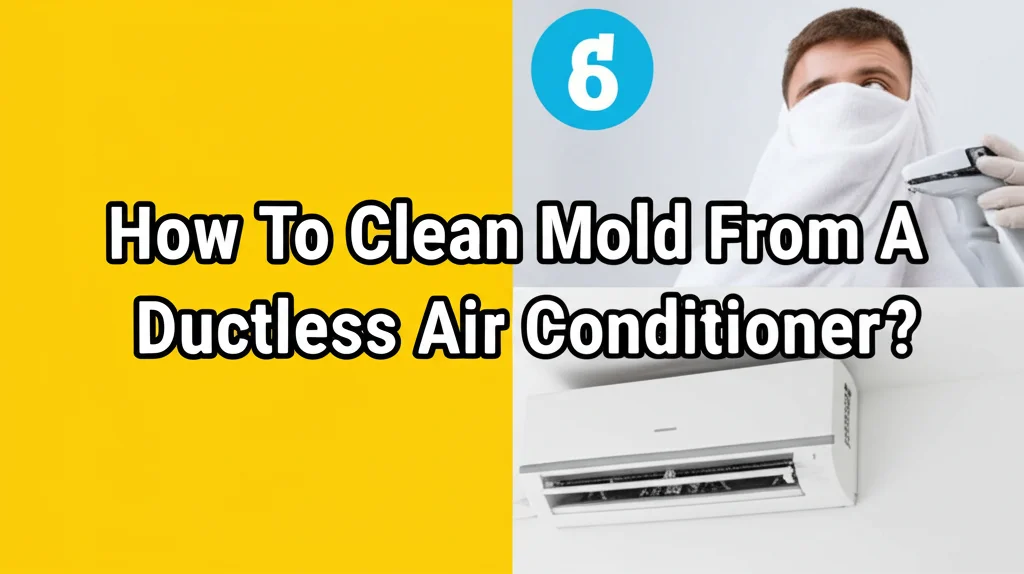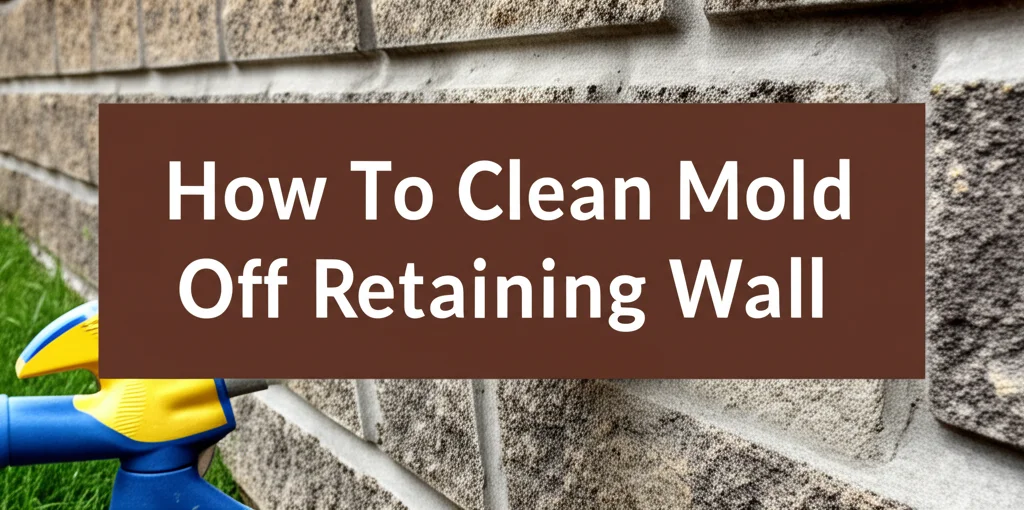· Home Improvement · 8 min read
How To Clean Mold Off Log Cabin?

How To Clean Mold Off Log Cabin?
Have you noticed unsightly black or green patches appearing on your beloved log cabin? Mold growth is a common issue for log homes, but don’t worry – it’s manageable! Cleaning mold off a log cabin requires a careful approach to protect the wood and ensure a lasting solution. This article will guide you through the process, from identifying the type of mold to preventative measures, helping you restore your cabin’s natural beauty. We’ll cover everything you need to know to tackle this issue effectively and keep your log cabin looking its best.
Takeaway:
- Identify the mold type for targeted cleaning.
- Prioritize safety with protective gear.
- Use appropriate cleaning solutions for wood.
- Focus on prevention through ventilation and moisture control.
What’s the quickest way to get rid of mold on a log cabin?
The fastest way to remove mold from a log cabin involves a solution of water and mild detergent, or a specialized log cabin cleaner. Scrub the affected areas with a soft brush, rinse thoroughly, and ensure the wood is completely dry. Addressing the underlying moisture source is crucial to prevent regrowth.
1. Understanding Mold Growth on Log Cabins
Mold thrives in damp, dark environments, making log cabins particularly susceptible. Log cabins, with their natural wood construction, provide an ideal surface for mold to grow if moisture isn’t properly managed. Understanding why mold appears is the first step toward effective removal and prevention.
Mold isn’t just an aesthetic problem; it can cause structural damage over time. Different types of mold exist, some more harmful than others. Black mold, for example, is known to produce mycotoxins that can affect indoor air quality and potentially cause health issues. Identifying the type of mold, if possible, can help you choose the most appropriate cleaning method. Common causes of mold growth include:
- Poor Ventilation: Lack of airflow traps moisture.
- Leaky Roofs or Plumbing: Water intrusion provides a breeding ground.
- Ground Moisture: Rising damp from the foundation.
- Shady Areas: Reduced sunlight slows drying.
2. Safety First: Protecting Yourself During Mold Removal
Before you start cleaning, your safety is paramount. Mold spores can irritate your skin, eyes, and respiratory system. Always wear appropriate protective gear to minimize exposure. This includes:
- Respirator: A properly fitted N-95 respirator will filter out mold spores.
- Gloves: Rubber or nitrile gloves protect your skin.
- Eye Protection: Goggles prevent spores from entering your eyes.
- Protective Clothing: Wear long sleeves and pants to cover your skin.
Work in a well-ventilated area, and consider using fans to circulate air. If you have allergies or respiratory problems, it’s best to have someone else handle the mold removal process. Remember, preventing spore dispersal is key, so avoid vigorous scrubbing that could release them into the air. You can also consider using a HEPA filter vacuum to capture any loose spores.
3. Choosing the Right Cleaning Solution for Log Cabins
Selecting the right cleaning solution is crucial to avoid damaging the wood. Harsh chemicals can discolor or weaken the logs. Here are some effective and safe options:
- Mild Detergent and Water: This is a good starting point for light mold growth. Mix a small amount of dish soap with water.
- Vinegar: White vinegar is a natural disinfectant and mold killer. Dilute it with water in a 1:1 ratio. You can find more information on using vinegar for cleaning at https://www.beacleaner.com/can-i-put-vinegar-in-my-steam-mop/.
- Borax: Borax is a natural mineral with antifungal properties. Mix 1 cup of borax with 1 gallon of water.
- Commercial Log Cabin Cleaners: These are specifically formulated for log homes and often contain mildewcides.
Avoid using bleach, as it can damage the wood and doesn’t effectively kill mold on porous surfaces. Always test the cleaning solution on a small, inconspicuous area first to ensure it doesn’t cause discoloration.
4. The Cleaning Process: Step-by-Step Guide
Now that you have your safety gear and cleaning solution, let’s get to work! Follow these steps for effective mold removal:
- Prepare the Area: Remove any furniture or objects from the affected area.
- Apply the Cleaning Solution: Apply the chosen solution to the moldy areas using a spray bottle or sponge.
- Scrub Gently: Use a soft-bristled brush to scrub the mold. Avoid harsh scrubbing, which can damage the wood.
- Rinse Thoroughly: Rinse the area with clean water to remove the cleaning solution and loosened mold.
- Dry Completely: This is the most important step! Use fans, dehumidifiers, or sunlight to ensure the wood is completely dry. Moisture is mold’s best friend.
- Inspect and Repeat: Check the area for any remaining mold and repeat the process if necessary.
For stubborn mold, you may need to apply the cleaning solution multiple times. Consider using a pressure washer on a low setting for larger areas, but be careful not to damage the wood.
5. Preventing Mold Regrowth: Long-Term Solutions
Cleaning mold is only half the battle. Preventing it from returning is essential. Here are some long-term solutions:
- Improve Ventilation: Ensure adequate airflow around the cabin. Open windows regularly, especially after rain.
- Control Moisture: Fix any leaks in the roof, plumbing, or foundation.
- Maintain Gutters: Keep gutters clean to prevent water from overflowing and pooling around the cabin.
- Trim Vegetation: Trim trees and shrubs that overhang the cabin to allow for better sunlight and airflow.
- Apply a Wood Preservative: A wood preservative can help protect the logs from moisture and mold growth.
- Regular Inspections: Regularly inspect your cabin for signs of mold and address any issues promptly.
You might also consider applying a water repellent sealant to the exterior of the logs. This will help prevent water from penetrating the wood and creating a favorable environment for mold. If you’re struggling with persistent mold issues, consulting a professional log home restoration specialist is a good idea.
6. Dealing with Mold in Hard-to-Reach Areas
Mold can sometimes grow in areas that are difficult to access, such as between logs or under eaves. For these areas, you may need to use specialized tools or techniques. A small brush or cotton swabs can help you apply cleaning solution to tight spaces. You can also use a mold-killing spray specifically designed for hard-to-reach areas.
If you suspect mold is growing inside the walls, it’s best to consult a professional. They have the expertise and equipment to safely and effectively remove mold from hidden areas. Remember, ignoring mold growth can lead to more serious problems down the road. You can find more information on dealing with mold in walls at https://www.beacleaner.com/signs-of-mold-under-hardwood-floors-and-how-to-remove-it/.
7. Maintaining Cleanliness: Regular Log Cabin Care
Regular maintenance is key to preventing mold and keeping your log cabin in top condition. This includes:
- Annual Washing: Wash the exterior of the cabin annually with a log cabin cleaner.
- Chinking and Caulking: Inspect and repair any cracks or gaps in the chinking and caulking.
- Staining or Sealing: Re-stain or re-seal the logs every few years to protect them from the elements.
- Debris Removal: Regularly remove leaves, pine needles, and other debris from around the cabin.
By following these simple maintenance tips, you can help prevent mold growth and extend the life of your log cabin. Don’t forget to also keep the interior clean and dry, as this can also contribute to mold prevention. You can find more information on maintaining your home’s cleanliness at https://www.beacleaner.com/how-to-clean-floor-grout-without-scrubbing/.
FAQ
Q: How often should I clean mold off my log cabin?
A: It depends on your climate and the cabin’s location. Inspect regularly and clean as needed, typically annually or after periods of heavy rain.
Q: Can I use bleach to kill mold on my log cabin?
A: No, bleach can damage the wood and isn’t effective on porous surfaces. Use vinegar, borax, or a commercial log cabin cleaner instead.
Q: What’s the best way to dry the logs after cleaning?
A: Use fans, dehumidifiers, or sunlight to ensure the wood is completely dry. Moisture is the enemy!
Q: Is mold dangerous to my health?
A: Some types of mold can cause respiratory problems and other health issues. Always wear protective gear during mold removal.
Q: How can I tell if mold is growing inside the walls?
A: Look for signs like musty odors, water stains, or visible mold growth on surfaces. If you suspect mold inside the walls, consult a professional.
Conclusion
Cleaning mold off a log cabin is a manageable task with the right knowledge and tools. Remember to prioritize safety, choose the appropriate cleaning solution, and focus on preventing regrowth through proper ventilation and moisture control. By following the steps outlined in this guide, you can restore your cabin’s beauty and protect its structural integrity. Don’t let mold diminish the charm of your log home – take action today! Regular maintenance and proactive prevention are key to enjoying your log cabin for years to come. If you’re looking for more cleaning tips, check out our guide on https://www.beacleaner.com/how-to-clean-vinyl-plank-flooring/ for other home cleaning solutions.




